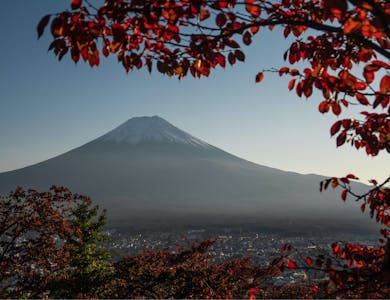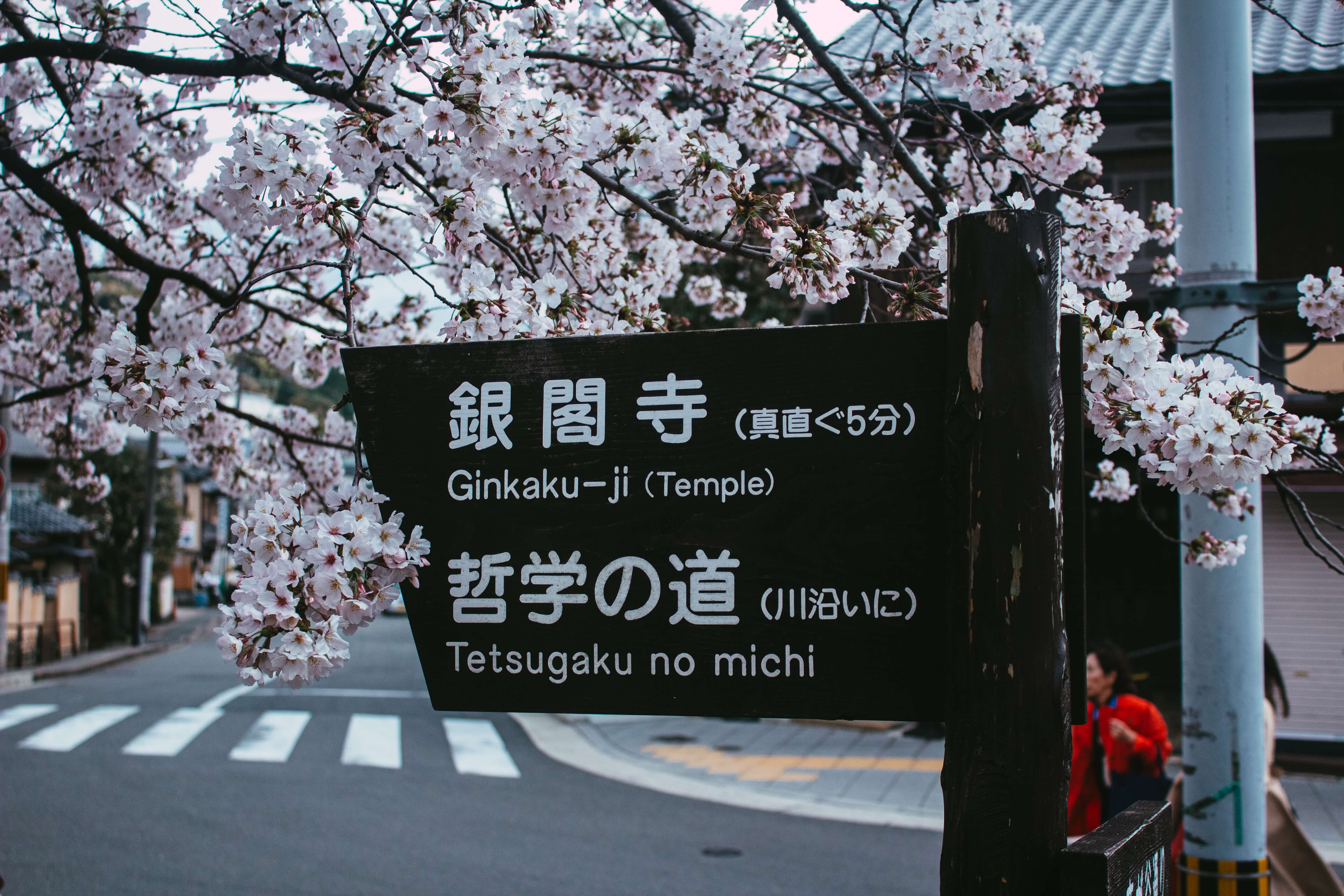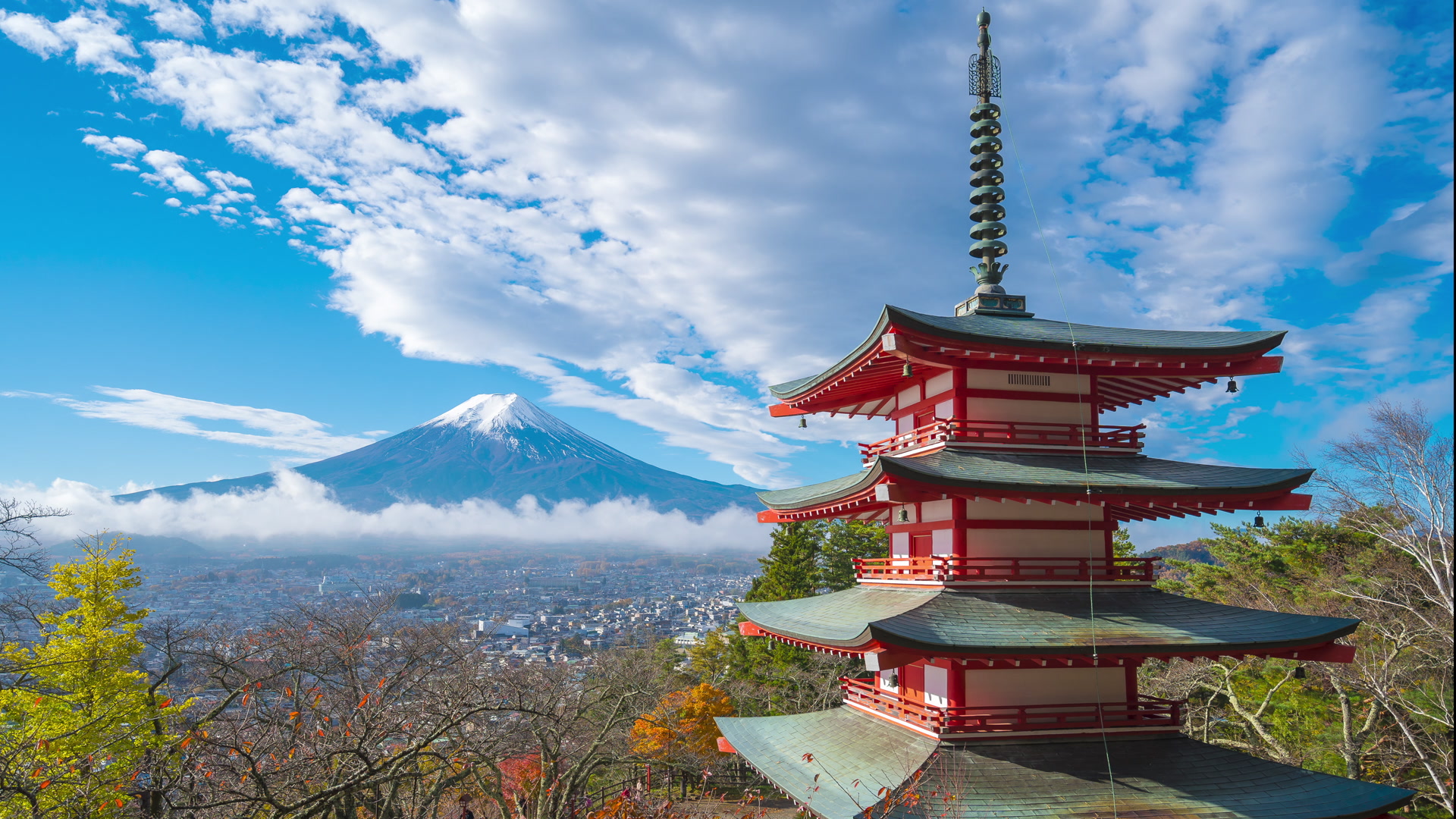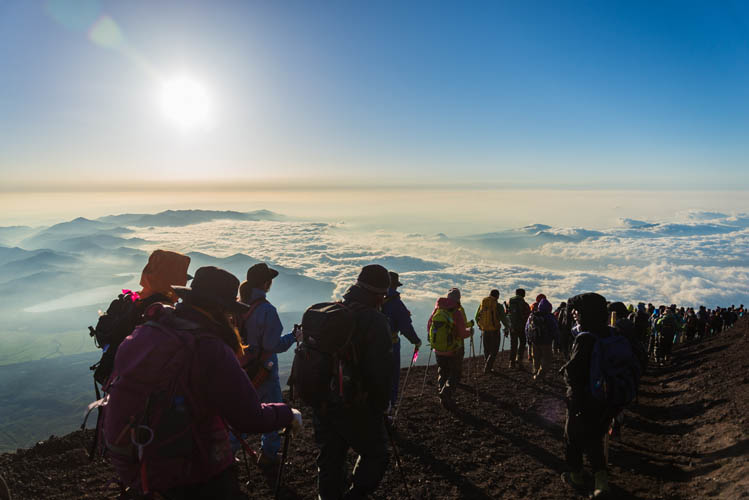All You Need To Know About Visiting Japan
A complete guide to exploring Japan — from Tokyo and Kyoto to Mount Fuji, Hiroshima, sumo matches, onsens, and unforgettable food experiences.

Japan is a country that captivates travellers like no other. From futuristic cities pulsing with neon light to tranquil temples hidden in ancient forests, Japan is a land of contrasts, where the past and present intertwine seamlessly. Whether you’re visiting for the first time or returning to uncover more hidden gems, exploring Japan offers unforgettable experiences at every turn.
In this guide, we’ve broken down everything you need to know into ten key highlights—covering the best cities to explore, iconic landmarks like Mount Fuji, cultural experiences, quirky adventures, and even the best time to visit Japan.
1. Exploring Japan’s Vibrant Cities
For many travellers, the journey begins in Tokyo, a metropolis unlike any other. Home to over 37 million people, it’s a city where cutting-edge technology and ancient tradition live side by side. Wander through Shibuya Crossing, often dubbed the busiest pedestrian crossing in the world, before slipping into the quiet alleyways of Yanaka where time seems to stand still.
Beyond Tokyo, Kyoto is a must-see for culture lovers. Once the imperial capital, Kyoto is dotted with over 1,600 temples and shrines. The Golden Pavilion (Kinkaku-ji) glistening in the sunlight and the atmospheric Fushimi Inari Shrine, with its thousands of vermilion gates, are highlights you’ll never forget.
In Osaka, life revolves around food and fun. The city is lively, friendly, and famed for its street food. At night, the neon lights of Dotonbori come alive, with giant mechanical signs and bustling izakayas welcoming visitors.
Then there’s Hiroshima, a city rebuilt from tragedy with a strong message of peace. Visiting Hiroshima offers both reflection and inspiration, showing Japan’s resilience and hope.
Tip: Travelling between cities is easy thanks to the Shinkansen bullet trains, which glide at over 300km/h. A Japan Rail Pass can be excellent value if you’re covering multiple destinations.
2. The Food: A Culinary Journey
Japanese food is a huge reason to visit the country. It’s not just about sushi (though trying sushi freshly made at a Tokyo market is unforgettable).
Each region boasts its own specialties:
Tokyo: From Michelin-starred fine dining to ramen shops hidden under railway arches.
Osaka: Known as “Japan’s Kitchen”, famous for takoyaki (octopus balls) and okonomiyaki (a savoury pancake).
Kyoto: Experience kaiseki ryori, a traditional multi-course meal that is as much an art form as it is food.
Hokkaido: Seafood heaven, with crab, scallops, and fresh uni (sea urchin).
For an authentic experience, head to an izakaya, a lively Japanese pub where locals relax after work. Here you can try grilled skewers, small plates, and sake. Street food is another joy—markets like Nishiki Market in Kyoto or Kuromon Ichiba in Osaka are great for tasting bites on the go.
And don’t overlook the humble convenience stores (konbini) like 7-Eleven or Lawson. From perfectly wrapped rice balls to surprisingly tasty sandwiches, they’re part of daily Japanese life and fun for visitors to explore.
 3. The Best Time to Visit Japan
3. The Best Time to Visit Japan
Japan offers something unique in every season, so your travel dates will shape your experience:
Spring (March–May): The season of cherry blossoms (sakura). Parks, temples, and riversides are awash with pink petals. It’s an iconic time for Japan tours, though it’s also the busiest.
Summer (June–August): Hot and humid in the cities, but ideal for mountain hiking and cultural festivals (matsuri). Expect fireworks, street parades, and lively celebrations.
Autumn (September–November): Crisp air and dramatic foliage in shades of red and gold. Perfect for trekking and temple-hopping.
Winter (December–February): Japan transforms into a winter wonderland. Skiers flock to Hokkaido, while onsens become even more inviting against snowy backdrops. Cities are quieter, making it a great time for sightseeing.
Pro tip: Spring and autumn are the most popular times, so book early if you’re planning a small group guided tour during these months.
 4. Mount Fuji: Japan’s Icon
4. Mount Fuji: Japan’s Icon
The snow-capped cone of Mount Fuji is one of the world’s most recognised images. Visible from Tokyo on clear days, Fuji-san is not only beautiful but also spiritually significant.
For adventurous travellers, climbing Mount Fuji is possible during the summer months (July–September). It’s a challenging but rewarding experience, with sunrise views from the summit that are unforgettable.
If hiking isn’t your style, the Fuji Five Lakes region and Hakone offer stunning views, hot spring resorts, and museums dedicated to the mountain. Onsen baths with Mount Fuji in the background are one of the most serene experiences in Japan.
Active Japan: Mount Fuji & Hokkaido >>
5. Hiroshima: History and Resilience
A visit to Hiroshima is both moving and essential. The Peace Memorial Park and Museum offers a powerful reminder of the city’s history, while the A-Bomb Dome has been preserved as a World Heritage Site.
Yet Hiroshima is also a city full of life. Explore its leafy boulevards, taste its unique version of okonomiyaki, and then take a short ferry to Miyajima Island. Here, you’ll find the floating Itsukushima Shrine gate, one of the most iconic views in Japan—particularly magical at high tide or illuminated at night.
6. Traditional Culture: Temples, Shrines & Tea
Japan’s cultural depth is everywhere, from Buddhist temples to Shinto shrines. Each visit feels different—some serene, some vibrant with local festivals.
Highlights include:
Kinkaku-ji (Golden Pavilion) in Kyoto, shimmering on a reflective pond.
Fushimi Inari Shrine, with its tunnel of thousands of red gates.
Meiji Shrine in Tokyo, set within a forested oasis.
Taking part in a tea ceremony is a wonderful way to connect with Japanese traditions. Every movement, from the preparation to the serving, is deliberate and symbolic, embodying harmony and respect.
7. Sumo Wrestling and Sporting Culture
For a taste of Japan’s living traditions, nothing beats a sumo match. These tournaments are held six times a year across cities like Tokyo and Osaka. The rituals—throwing salt, stomping the ring—are as captivating as the bouts themselves.
Baseball is another huge part of Japanese culture. Attending a game offers a unique insight into everyday life, with enthusiastic cheering squads, mascots, and stadium snacks like yakitori skewers.
8. Quirky Adventures: Mario Karting & Themed Cafés
Japan is also playful and quirky, offering experiences you won’t find anywhere else.
Imagine zipping through Tokyo’s streets dressed as Mario or Pikachu on a go-kart tour—a thrilling, once-in-a-lifetime adventure. Or step into one of Japan’s famous themed cafés: from maid cafés in Akihabara to animal cafés where you can sip tea while cuddling cats, owls, or even hedgehogs.
Other quirky highlights include capsule hotels, robot restaurants, and karaoke bars where you can sing your heart out with friends or locals.
 9. Onsens and Relaxation
9. Onsens and Relaxation
After days of exploring, there’s nothing more soothing than sinking into the warm mineral waters of a traditional onsen. Onsens are scattered throughout Japan, often in mountain towns like Hakone, Beppu, or Noboribetsu.
Bathing etiquette is important: you must wash thoroughly before entering the communal baths, and most require nudity. Some onsens remain strict about tattoos, though many modern facilities are more flexible.
For a luxurious twist, try a ryokan stay—a traditional inn where tatami mats, futon beds, kaiseki meals, and private onsens create a truly Japanese experience.
10. Trekking and Outdoor Adventures
Japan is not only about cities and culture—it’s a paradise for nature lovers. The Japanese Alps offer challenging trails with alpine views, while Kumano Kodo, a UNESCO pilgrimage trail, lets you walk in the footsteps of emperors.
In Hokkaido, vast national parks like Shiretoko and Daisetsuzan showcase wildlife, volcanoes, and rugged coastline. Closer to Tokyo, the Nakasendo Trail connects historic post towns where travellers once rested on their journeys between Edo (Tokyo) and Kyoto.
Whether you’re after multi-day treks or gentle countryside walks, Japan’s landscapes provide serenity and adventure in equal measure.
Final Thoughts
Japan is a destination that never fails to surprise. From the towering beauty of Mount Fuji and the poignant history of Hiroshima to quirky Mario Kart rides through Tokyo and tranquil temple visits, it’s a country of contrasts and delights.
Choosing a small group guided tour of Japan is one of the best ways to experience it all. You’ll benefit from expert local knowledge, seamless travel between highlights, and the chance to share the adventure with like-minded travellers.
With so much to see and do, Japan isn’t just a holiday—it’s an adventure into another world, where every detail feels crafted to inspire wonder.




